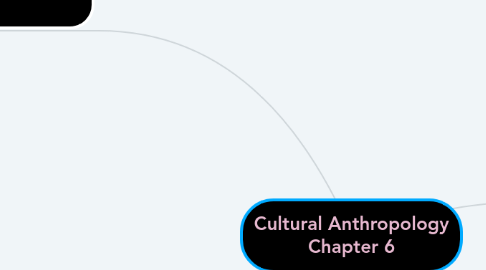Cultural Anthropology Chapter 6
by Kimberly Leiva

1. Dental specializations and functions
1.1. Dental Formula-Pertains to the development of teeth and their arrangement in the mouth.
1.2. Loph-A ridge of enamel that connects the cusps of a molar or teeth near the cheek.
1.3. Bilophodont-Having two transverse ridges or crests the molar teeth of the tapirs are bilophodont.
1.4. Y-5-Has five cusps with grooves running between them, forming a Y shape. This is characteristic of hominoids
1.5. Tooth Comb- Dental structure found in some mammals, a group of front teeth arranged in a manner that appears similar to grooming hair comb.
1.6. Canine–premolar honing complex-Dental formation which the upper canines are sharpened against the lower third premolars when the jaws are opened and closed
1.7. Diastema-A gap or space between the teeth
1.8. Sectorial (premolar)- premolar that helps to cut down.
2. Context of ancestry
2.1. Phylogeny-history of the evolution of a species or group, especially in reference to lines of descent and relationships among broad groups of organisms.
2.2. Derived Characteristics-Trait that arose in the most common ancestor of a particular lineage and was passed along to its descendants.
2.3. Primitive Characteristics- Inherited from distant ancestors.
2.4. Clade-Group of organisms believed to have evolved from a common ancestor,
2.5. Preadaptation- Adaptation which serves a different purpose from the one for which it evolved.
2.6. Parental Investment-Investment in offspring by the parent that increases the offspring's chances of surviving
2.7. Grade- Form of social organization within a series of such categories, through which individuals pass over the course of their lives.
2.8. Hominin-Very closely related to ancestors
3. Quote- "In addition, DNA comparisons reveal that chimpanzees and humans are more closely related than either is to gorillas."(Larsen) Works cite- Our Origins: Discovering Physical Anthropology, by Clark Spencer Larsen, 4th ed., W.W. Norton & Company, 2017, p.186 .
4. Adaptation of hand functioning
4.1. Opposable-Thumb of a primate capable of moving toward and touching the other digits on the same hand.
4.2. Power Grip- Forcible activities of the fingers and thumb that act against the palm to transmit a force to an object.
4.3. Precision Grip-The way of grabbing hold of an item between the opposed tactile pads of the tips of the fingers and the thumb.
5. Transition to cultural variation
5.1. Arboreal Adaptation- Animal which lives in the trees. These animals have adaptations which enable them to live and move about in trees animal has long limbs, prehensile tail, and claws.
5.2. Brachiators-Animal behavior, specialized form of arboreal locomotion in which movement is accomplished by swinging from one hold to another by the arms.
5.3. Prehensile Tail-The tail of an animal that has adapted to grasp or hold objects.
5.4. Dietary Plasticity-Flexibility in adapting to a given environment.
5.5. Diurnal-Active during the day and at rest at night
5.6. Nocturnal-Active at night and at rest during the day.


